![]() Oct 26 2022
Oct 26 2022
![]()
With the deepening of the plastic restriction order and plastic ban order, the environmental protection awareness of enterprises and consumers has gradually increased, and the concept of carbon neutrality has also been deeply rooted in the hearts of the people. The market demand for environmentally friendly packaging is growing, and degradable bagasse tableware is favored and sought after by consumers, becoming the best choice to replace plastic products.
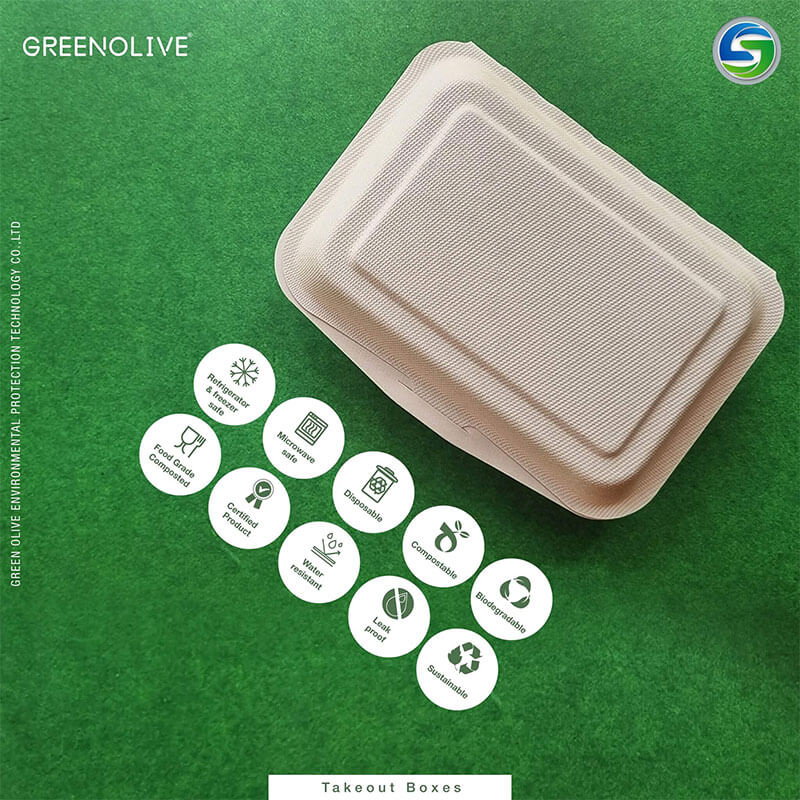
In cities with garbage classification policies, residents are required to separate kitchen waste and other household waste into wet and dry categories. Environmental protection has become necessary, but not easy. Everyone should carefully pick out the remaining meals from the disposable plastic lunch boxes and throw them separately.
When degradable becomes an inevitable trend of development, the degradable tableware that came into being gradually replaced the traditional plastic products. Careful people may have discovered that the disposable lunch boxes we use now are changing.
Among them, degradable plant fiber tableware can currently achieve true fully degradable compost.
So, do you really know about degradable plant fiber tableware?
What are the raw materials of degradable plant fiber tableware?
Degradable plant fiber tableware mainly uses plant fibers such as wheat straw and bagasse as raw materials. The greenolive degradable bagasse tableware is molded from bagasse pulp and hot-pressed. Food-grade additives such as water- and oil-repellent are added to the pulp to meet food contact requirements, and finally finished products are made. Free of pesticides and PFOA+PFOS, passed food safety test report, complies with Resolution AP (2002)1 Table 1: Heavy Metals Table 2: Pentachlorophenol. Realized full degradation.
Whether it is clean is only a way of looking at the surface, and it cannot be judged by the degree of cleanliness of the tableware.
This kind of tableware is made of natural plant fibers, such as straw, bamboo, bagasse, etc. The color of these materials is not all white, and these plant fibers themselves are relatively tough and cannot be completely broken.
As a result, the color of the lunch box is slightly darker, not pure white, and it is impossible to be as transparent as disposable plastic.
However, in order to meet the market demand, we often use some food-grade high-quality white pulp and natural pulp to make products for customers to choose to meet everyone's needs for cleanliness and environmental protection.
First, let's take a look at the main ingredient, sugar cane.
In terms of planting, sugarcane is mainly distributed between 33° north latitude and 30° south latitude, and the area is relatively concentrated between 25° north and south latitude. Sugarcane is native to India and is now widely grown in tropical and subtropical regions. The country with the largest sugarcane acreage is Brazil, followed by India and China in third place.
In terms of technology, about 50% of the fiber in bagasse left after sugar extraction can be used to make paper. However, some sugarcane pith (myeloid cells) do not have interlacing force and should be removed prior to pulping. Bagasse fibers are about 0.65-2.17 mm long and 21-28 μm wide. Although its fiber morphology is inferior to wood and bamboo, it is slightly better than straw and straw fibers.
As an environmentally friendly product, we classify waste mainly according to its raw material. For example, the main raw material for greenolive to produce plant fiber tableware is bagasse, so according to the classification principle, simple bagasse should be classified as recyclable garbage. If the lunch box used contains other ingredients, such as cornstarch, it should be classified as dry waste.
PRODUCT CATEGORIES
![]() You May Also Like
You May Also Like
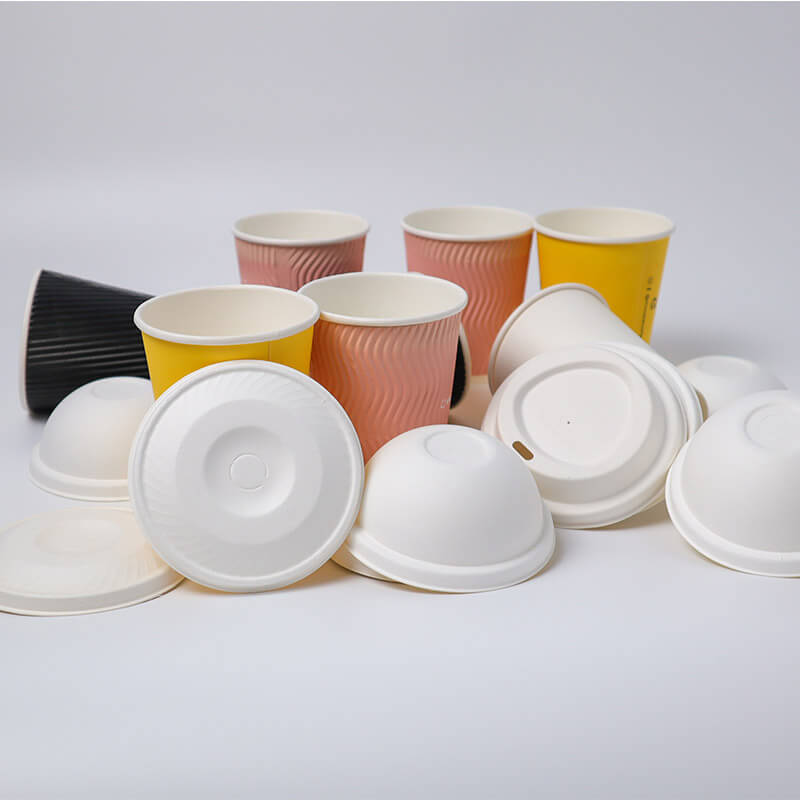
Custom Biodegradable Bagasse Pulp Cuplids, Coffee Paper Cup And Lids
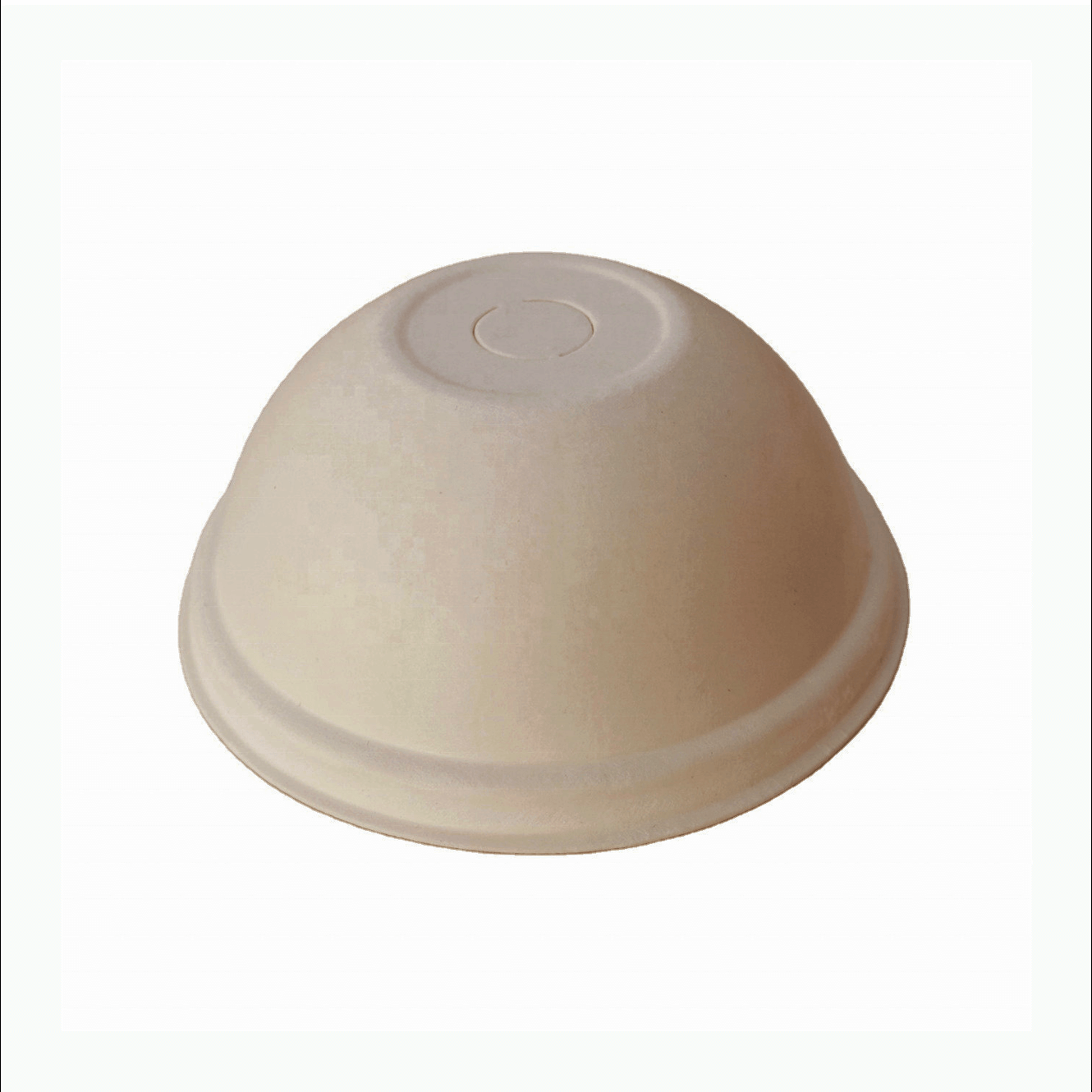
80mm Bagasse paper lid, dome shape, natural brown
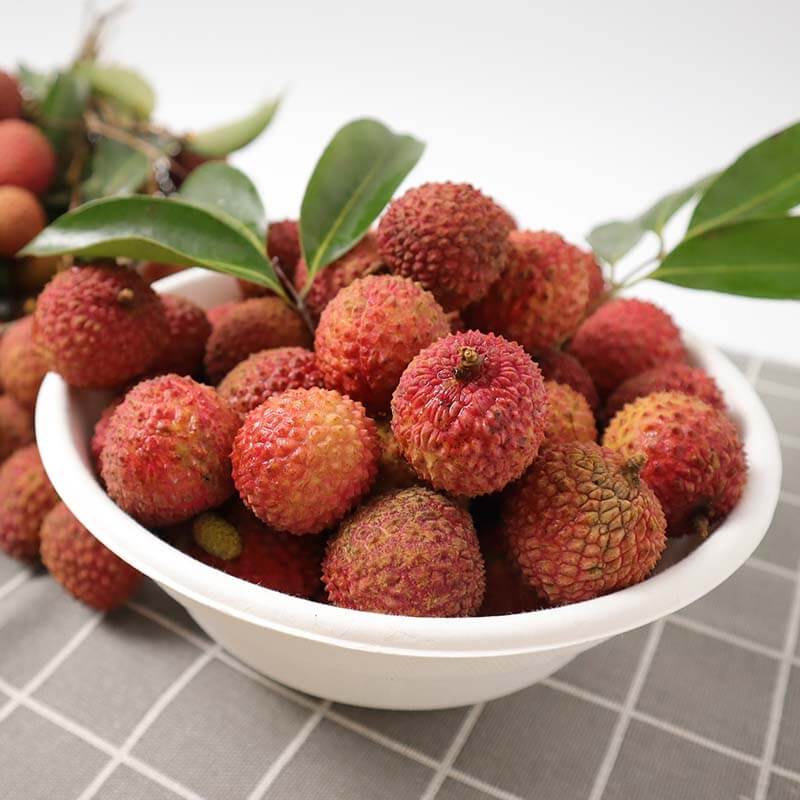
Wholesale Biodegradable Disposable Bagasse Salad Rice Fruit Bowl

7 x 5 inch Rectangle bagasse clamshell, white
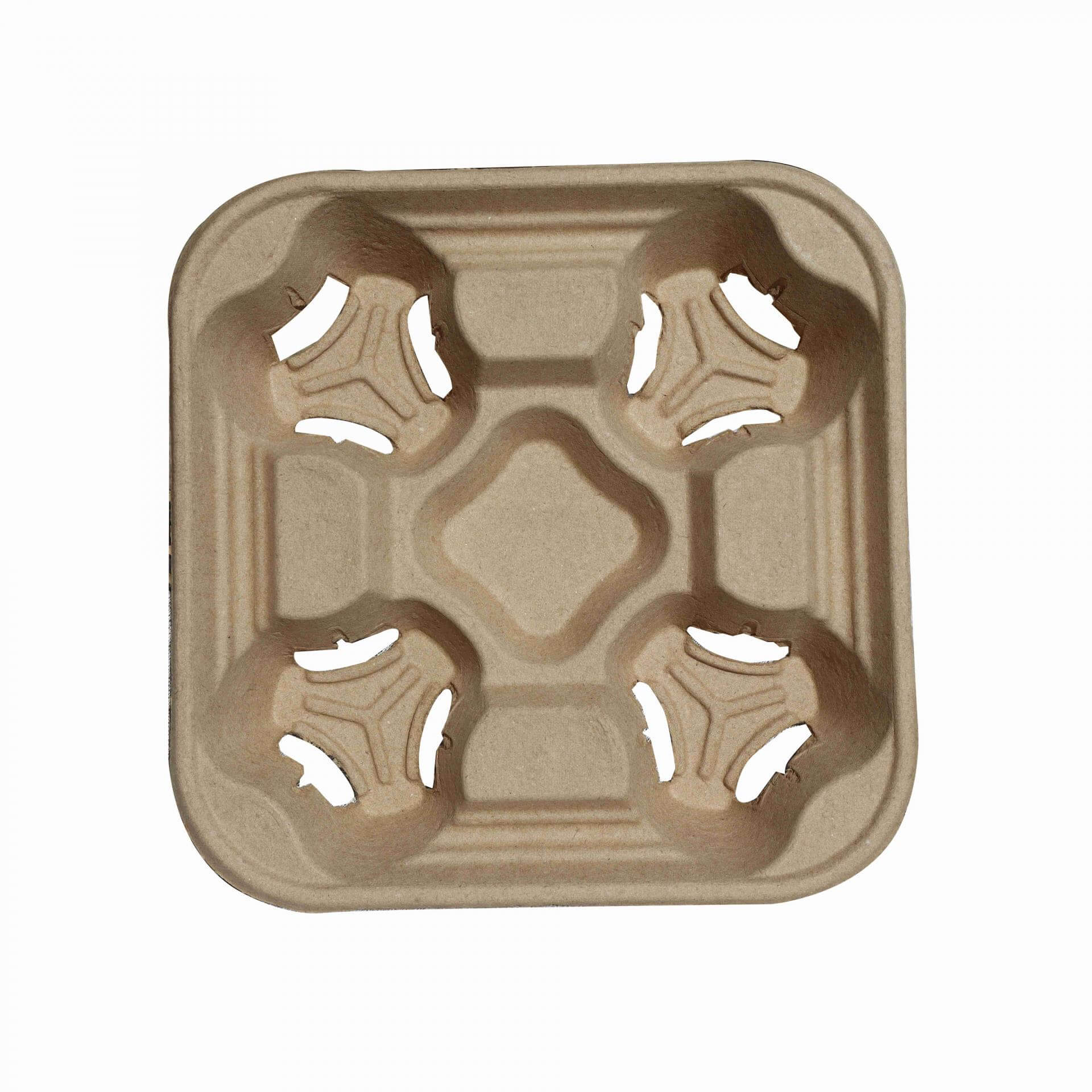
Corrugated pulp disposable 4 cup holder tray takeaway carrier

90mm natural brown sugarcane pulp sip lid, round design
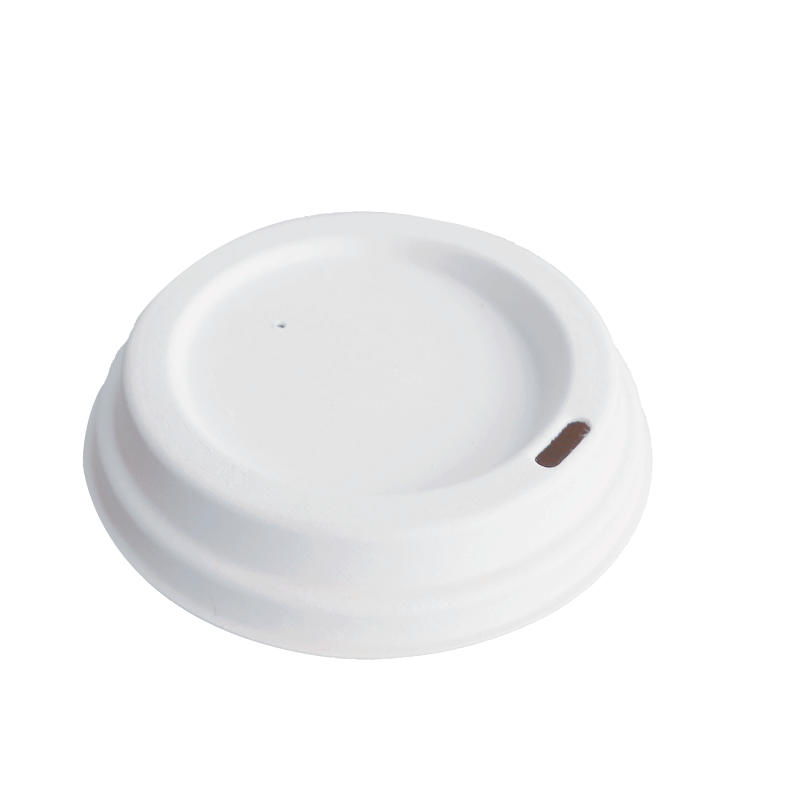
90mm White sugarcane pulp sip lid, round design
